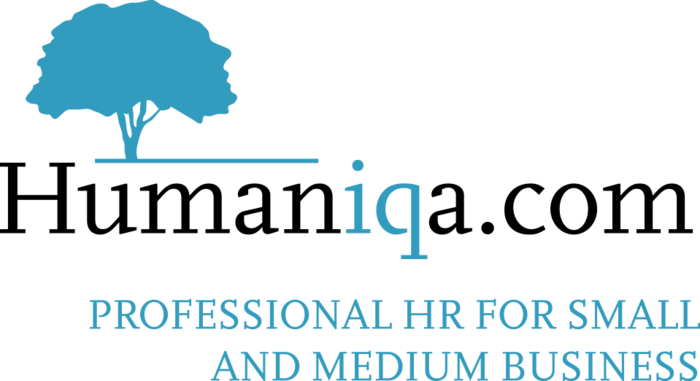Humaniqa HR Blog
Performance Management: Why Once a Year Just Isn’t Enough November 30 2015
Annualized approaches to performance management are increasingly considered to be antiquated. Modern jobs, by-and-large, are becoming more and more service oriented; they are becoming more and more knowledge-based. As jobs grow, our tools need to grow alongside them. Rather than enforcing an arbitrary ranking amongst staff each year, many employers are finding a greater degree of satisfaction in pursuing a year-round system of continuous improvement.
The essence of this strategy is to move away from two elements that are endemic to classical performance appraisal systems. The first of these concepts is that of the “Pass/Fail” ranking mechanic. In addition to serving as a de-motivator for many workers, it also tends to encourage in-fighting and office politicking. As the individual employee’s skills and abilities grow more and more critical to success in their role, management should be encouraged to see that these skills are nurtured and developed. For this reason, the modern performance evaluation cycle might look something like this:

The second concept losing favor is that of the ‘annualized performance meeting’. Performance meetings can be held more frequently, at the behest of either the employer or the employee. The performance meeting is an opportunity to offer advice, communicate expectations, address concerns, and offer praise. These things do not need to be done infrequently; some employers have as many as four or more meetings a year.
A large part of continuous performance management is proactivity. There are many ways of addressing and improving employee performance long before any meetings take place or any issues arise. The following are some strategies that managers can employ year-round as methods of performance management:
- Review Job Descriptions Regularly. The workplace is fluid; changing and dynamic. Outdated job descriptions can make it difficult for a worker to succeed in their role.
- Build Relationships with Employees. Outside of formal meetings, supervisors should attempt frequent contact with their employees. Comfortable communication may help in dealing with any issues down the line.
- Get Regular Status Reports. Reports should include both work completed to-date, as well as work planned for the future. This will allow the employer to keep a close eye on the status of the employee’s work
- Develop Routine Task Procedures. Developing task procedures ought to increase efficiency, eliminate redundancy, and allow employees to have input into the methods used to complete their work.
- Hold Regular Meetings. Meetings can be used as an opportunity to both communicate objectives and provide feedback.
- Communicate Performance Standards and Expectations. In order to achieve a positive performance review, employees ought to know what the criteria for success are.
- Offer Regular and Frequent Feedback. Feedback can offer affirmation to employees who are on the right track and can address performance concerns early on.
- Recognize and Reward Good Performance. Recognition plays a critical role in the positive reinforcement of behavior, but it is important to note that employees can be recognized formally (such as during a meeting) and informally (such as a word of encouragement after a job well done).
- Utilize the Probationary Period. It is highly recommended that employers have a probationary period of at least 3 months, with the possibility of extending the period in the event of a significant absence. During this period, employee performance should be monitored and compared to a pre-established benchmark.
While the typical performance plan might focus on growth and positive reinforcement, this does not mean that difficult conversations are to be avoided. Should an employee continuously fail to meet expectations, it is management’s duty to address the employee’s poor performance.
Recency is an important factor for learning; behavior is most easily corrected if addressed as soon as possible. At this time, managers should provide a detailed description of the employee’s performance problems, including why such issues matter to the workplace as a whole. Such meetings need not necessarily be oppositional; to the extent possible, it is important that the employee understand the benefits of improvement and that management can help. Bringing aggression or blame into a performance meeting is rarely helpful.
After discussing the concerns and the importance of improvement, the interviewer and the employee should work together in order to create a plan of action; a sequence of tasks that the employee is to follow in order to correct their behaviour. Most action plans should include:
- A description of the situation or problem.
- An outline of the task and promises to be observed by the employee in order to solve the problem.
- The responsibilities of the manager throughout this process
- An outline of the consequences should the plan not be followed
- A follow-up meeting date.
In the event that a corrective action plan fails to resolve the issues, management may be forced to adopt more severe strategies; including demotion, reassignment, or termination.
If you would like to learn more about Performance Management, you can visit Humaniqa.com for guides, policies, video training, and more.
